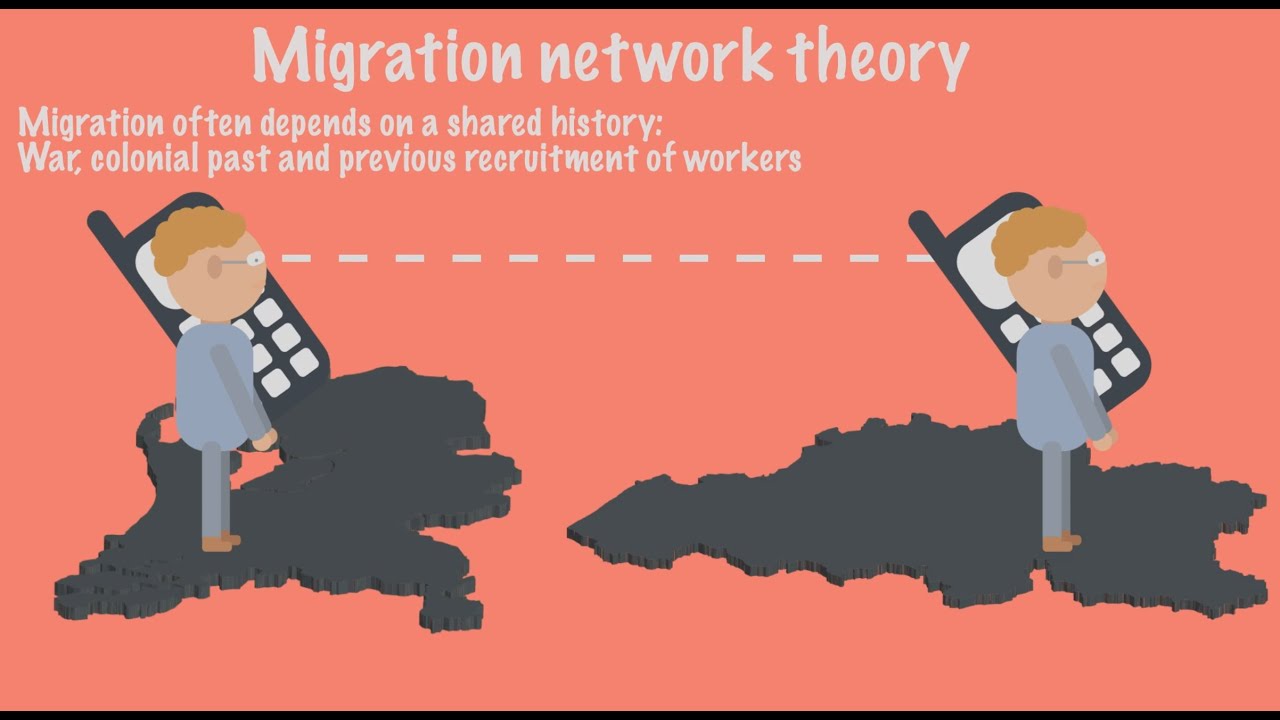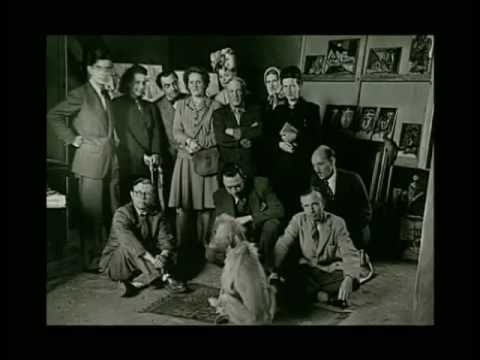Geography Lessons
Full text:
In the previous video the push & pull factors model was explained as driver of migration. Yet there is also some criticism of the model and that is why this video explains the criticism of the model as well as other migration theories.
In the push & pull factors model, the advantages and disadvantages of both the departure and destination region are described. A first point of criticism of the model is that it appears that migration is only a consequence of differences in characteristics between areas, without taking into account the way migrants chose their destination. This is in line with the historical-structural theory that assumes that migration is mainly the result of the unequal distribution of wealth. In the world system, peripheral countries can provide the cheap labor force needed in the core countries. Because the profits remain in the core, according to the historical-structural theory, this would further increase the differences in prosperity and these differences are the most important driver of migration.
The same kind of theory is the neoclassical theory. It assumes that migration occurs because there are many employees in departure areas, which means that wages are low there. As people migrate, the supply of workers will fall, which will cause wages to rise. In the destination region, where there are few workers and the wages are high, the new workers will increase the supply of workers, causing wages to fall. In this way a kind of equilibrium is created, where wages will become about the same and migration will stop.
But the historical-structural theory and neoclassical theory as well as the push and pull factors model ignore the free choice of migrants. For example, about 3% of the world’s population is migrant, which means that the other 97% does not migrate and makes the choice to stay somewhere. Characteristics of areas can also be positive for one migrant, and therefore a reason to go to that region, while for other migrants it may be a reason to leave. Furthermore, the choice to migrate ultimately depends on characteristics of the migrant like the age, education level and gender of the migrant and his or her social contacts and networks abroad.
Moreover, many migrants also return to their homeland after a while, which cannot be explained according to both the historical-structural theory and the neoclassical theory and the the push and pull factors model. Usually they have not changed. In short: the choice to migrate is not explained.
A second point of criticism is that according to the push and pull factors model, migration will decrease with economic development, but research has shown that this will increase.
According to migration transition theories we can display this in a graph; the horizontal axis shows economic development, while the vertical axis shows the proportion of migrants.
Immigration, as expected according to the push and pull factors model, will increase with the economic development of a country, because the country becomes more attractive. However, emigration is low from the poorest countries. There are few people who have the money to migrate. As a result, emigration will first increase during economic development: people are richer and it will be possible to migrate. Emigration increases until the country is a middle income country. If the country develops even further, emigration will decrease. Thus, in many countries, especially middle-income countries, there is both immigration and emigration. The model of push and pull factors cannot explain why there is a lot of immigration and at the same time emigration in a country.
The aspiration – capabilities model tries to explain the choice to migrate on an individual level: if someone is very poor, they have no desire to migrate, but also no options. The desire to migrate increases through development and, for example, education, through which people learn more about other areas. With higher development, the financial possibilities also increase, so that someone is more likely to migrate.
A third point of criticism is that according to migration network theories, migration often depends on a shared history, which is not reflected in the push and pull factors model. Due to wars, the colonial past and previous recruitment of workers, there may already be a network between 2 countries or it may be easier to migrate from certain countries to another country. Furthermore, previous groups of migrants may still have contact with potential migrants from the departure area. They can help and inform them before the journey and after arrival, resulting in a remarkable amount of migration between just a few countries. The network that potential migrants with a settlement area have is therefore important!
Source



